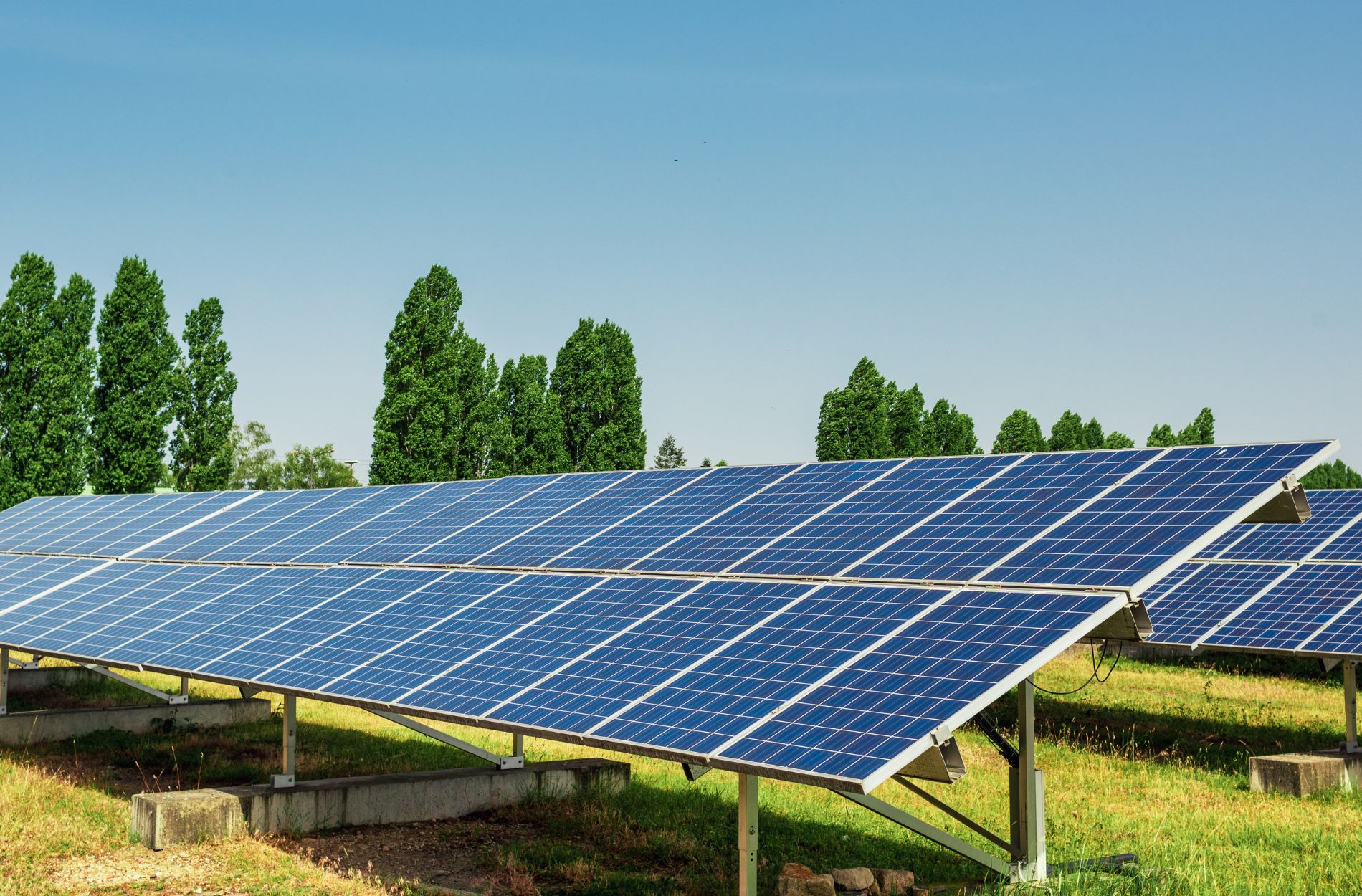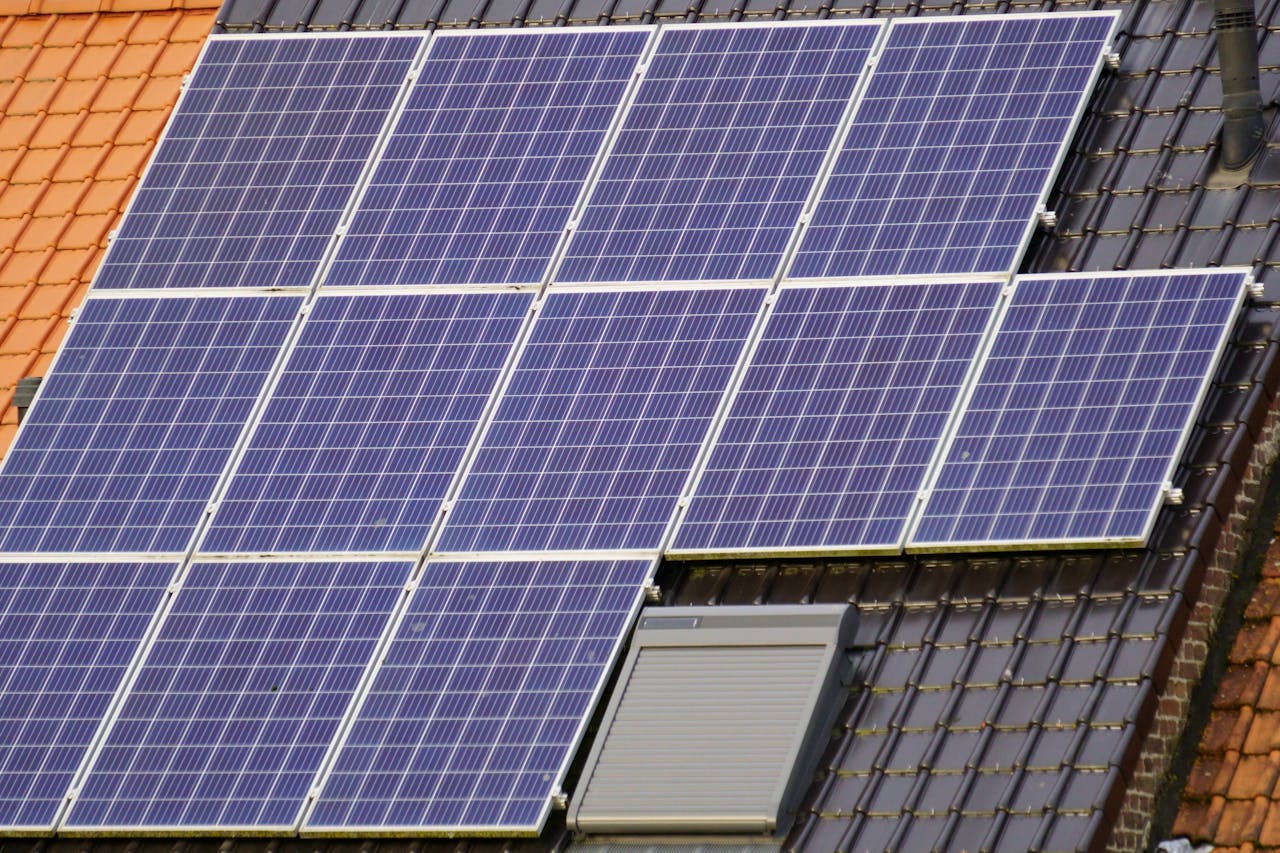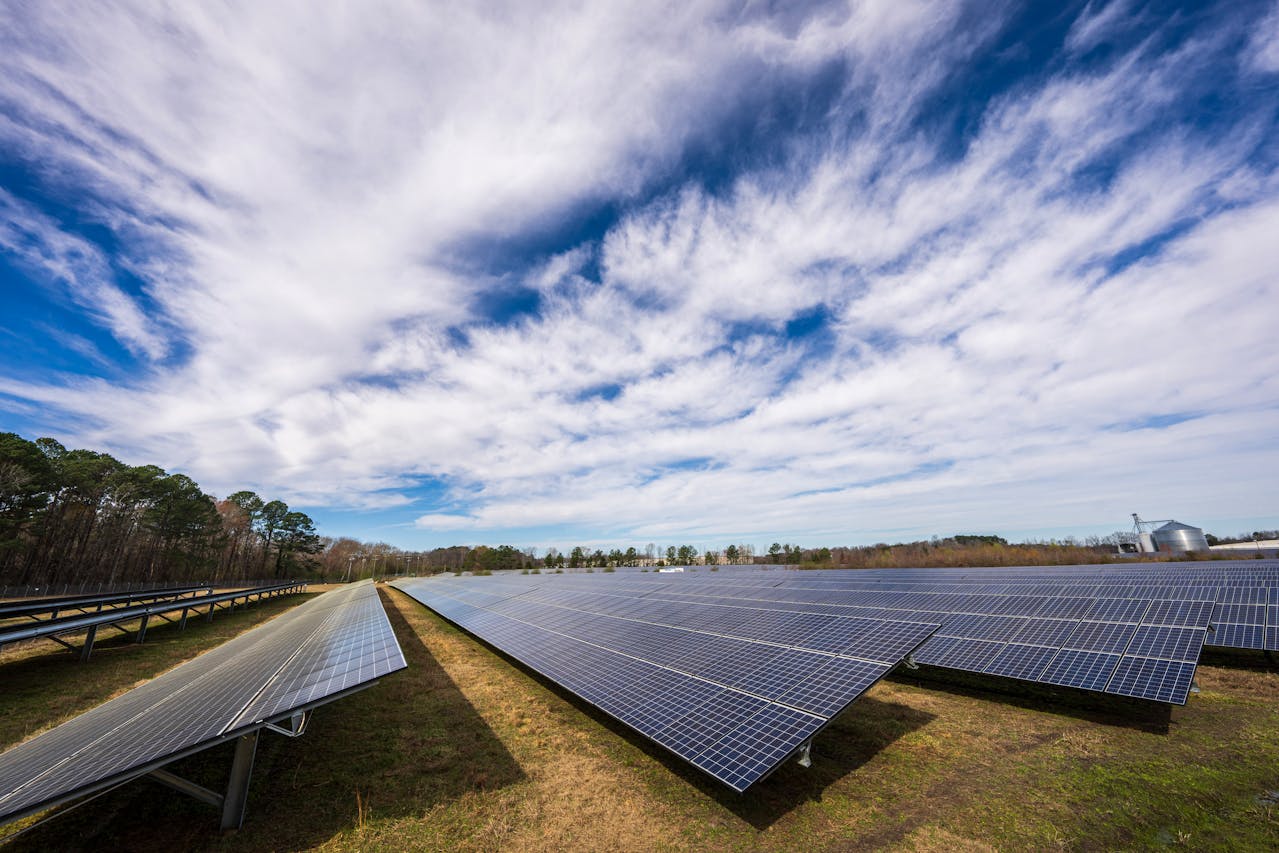Solar power is becoming a popular choice for homeowners looking to save on energy costs and reduce their environmental impact. But how does solar power actually work? Understanding the basics of solar energy and its key components can help you decide whether it’s right for your home.
Solar power systems capture the sun’s energy using photovoltaic cells, which convert sunlight into electricity. These systems typically include solar panels, inverters, and sometimes batteries to store excess energy. By generating your own electricity, you can reduce your dependence on traditional power sources and lower your utility bills.
In this article, we’ll explore how solar panels convert sunlight into electricity, how to store and use solar energy, and the numerous benefits and considerations of solar power. Understanding these aspects will equip you with the knowledge to confidently embrace solar energy.
The Basics of Solar Power
Solar power is generated through the use of photovoltaic cells, which are the building blocks of solar panels. When sunlight hits these cells, they convert the light into electricity. This process is a clean and renewable way to produce energy, making it an excellent option for homeowners looking to reduce their reliance on fossil fuels.
A typical solar power system consists of several key components. First, there are the solar panels, which absorb sunlight and convert it into direct current (DC) electricity. Next, you have the inverter, which changes the DC electricity to alternating current (AC) electricity that your home can use. Sometimes, solar power systems include batteries to store excess electricity for use when the sun isn’t shining. Finally, there is the monitoring system that tracks the performance of your solar power setup. All these parts work together to provide a reliable and sustainable energy source for your home.
Understanding these components and how they work is crucial for anyone considering solar power. With the basics in mind, you’ll be better equipped to discuss your needs and options with a solar professional.
How Solar Panels Convert Sunlight to Electricity
The magic behind solar panels lies in photovoltaic cells. These cells are made of semiconductor materials, usually silicon, that absorb sunlight. When sunlight hits these cells, it knocks electrons loose, allowing them to flow and create an electrical current. This process is known as the photovoltaic effect.
Here’s a simple breakdown of how this conversion works:
1. Sunlight Hits the Panels: When sunlight strikes the photovoltaic cells on a solar panel, it energizes the electrons in the cells.
2. Electron Flow: These energized electrons create an electric current as they move through the cells.
3. DC to AC Conversion: The current flows to the inverter, which converts the direct current (DC) into alternating current (AC), the type of electricity used in your home.
Understanding this process helps highlight the benefits of solar energy. The system captures the abundant sunlight and converts it into usable electricity efficiently. By knowing how photovoltaic cells work, you can appreciate the technology that powers solar panels and recognize their potential to save on energy costs.
Storing and Using Solar Energy
Solar batteries are essential in a home solar power system. Solar batteries store the excess energy generated by your solar panels during the day, so you can use it when the sun isn’t shining. This is particularly useful during the evening or on cloudy days when your panels are not producing electricity.
Here’s how solar energy integrates into your home’s power system:
1. Energy Generation: Solar panels generate electricity from sunlight during the day.
2. Immediate Use: The generated electricity is first used to power your home appliances and systems.
3. Storing Excess Energy: Any surplus electricity is stored in solar batteries for later use.
4. Grid Connection: If your home is connected to the grid, excess energy can be sent back to the grid. Conversely, you can draw power from the grid when your stored energy is depleted.
This integration ensures that you can have a reliable energy supply even when solar generation is low. By storing energy, solar batteries increase the efficiency of your solar power system and reduce your dependence on the traditional grid.
Benefits and Considerations of Solar Power
Solar power offers numerous environmental and financial benefits, making it a wise choice for many homeowners. On the environmental side, solar energy is a clean, renewable source that reduces greenhouse gas emissions. By using solar power, you help decrease your carbon footprint and contribute to a healthier planet.
Financially, solar power can lead to substantial savings on your energy bills. Once installed, your solar panels generate electricity for free. Over time, these savings can offset the initial investment cost. Additionally, various federal and state incentives may be available to lower the cost of installation further.
However, there are some considerations you should keep in mind:
– Initial Costs: The upfront cost of solar panels and installation can be significant, although prices have decreased in recent years.
– Roof Suitability: Your roof must be in good condition and receive adequate sunlight to make the investment worthwhile.
– Maintenance: While solar panels are low maintenance, they do require periodic cleaning and monitoring to ensure they are performing optimally.
Balancing these factors can help you decide if solar power is the right choice for your home.
Conclusion
Embracing solar power involves understanding several key aspects, from how solar energy is generated to the benefits it provides. Solar power systems utilize technology that converts sunlight into electricity, integrating smoothly into your home’s power system.
Solar power offers significant environmental benefits, helping reduce greenhouse gas emissions and reliance on fossil fuels. Financially, it presents an opportunity to lower energy bills and even earn credits for excess power sent back to the grid. Carefully considering factors such as initial costs, roof suitability, and maintenance needs can help you make an informed decision.
If you’re ready to move forward with solar energy and want tailored advice for your home, contact Starlight Solar. Our experts in Houston are here to help you make the switch seamlessly, ensuring you capitalize on all the potential benefits of solar power for residential homes.






